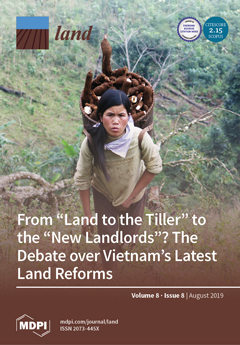A model to accompany the combined management of livestock farming systems and woodlands on the Causse du Larzac (Aveyron, France)
Once the conditions that led to the creation of the Société Civile des Terres du Larzac (SCTL) have been introduced, the companion modelling approach used with this group of farmers is presented. The agent-based model co-constructed with a group of researchers and technicians is then described, as well as the way it was used to confront scenarios developed by the SCTL to envision management options of the forest massif, with scenarios developed by the farmers to improve the current functioning of their farms




